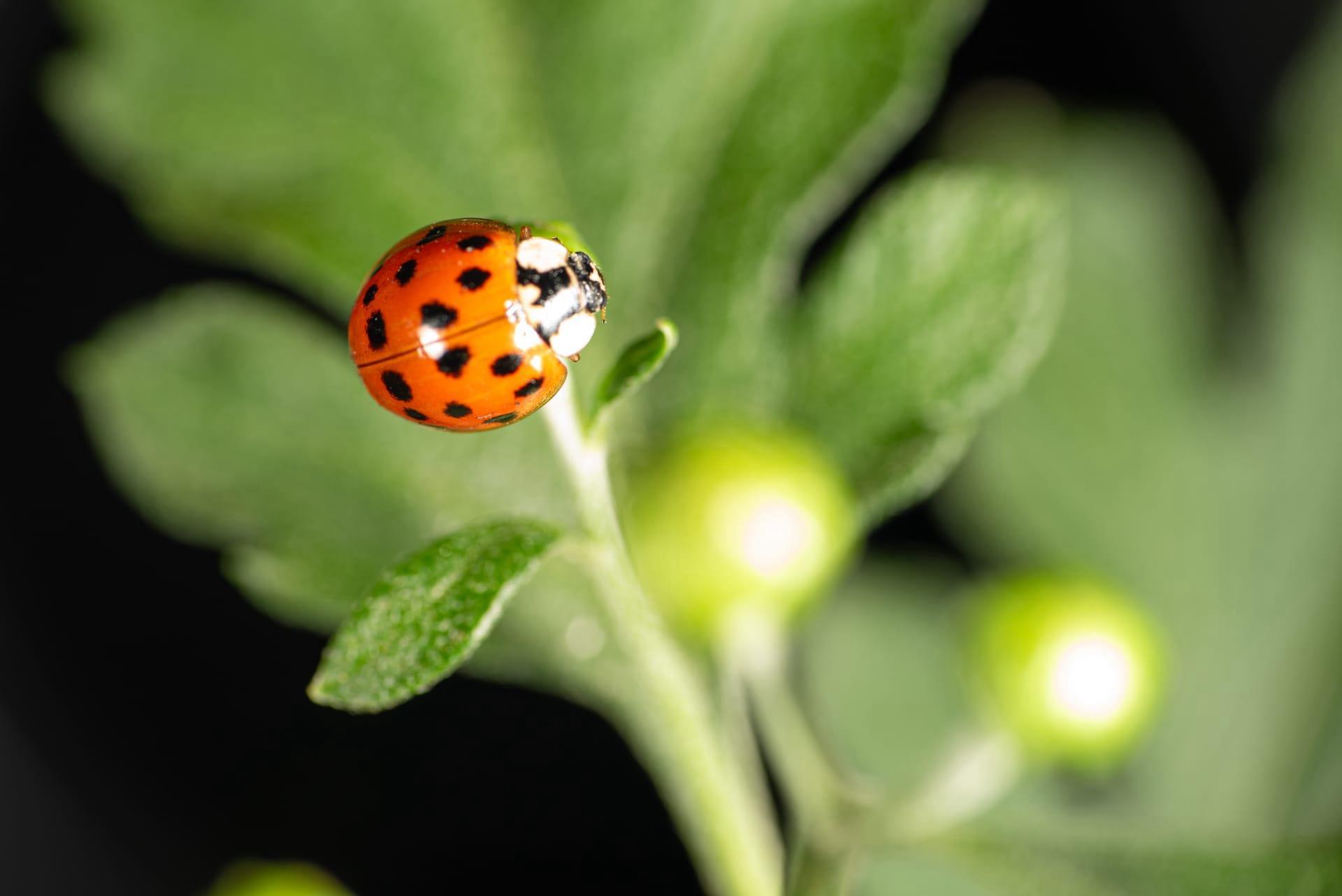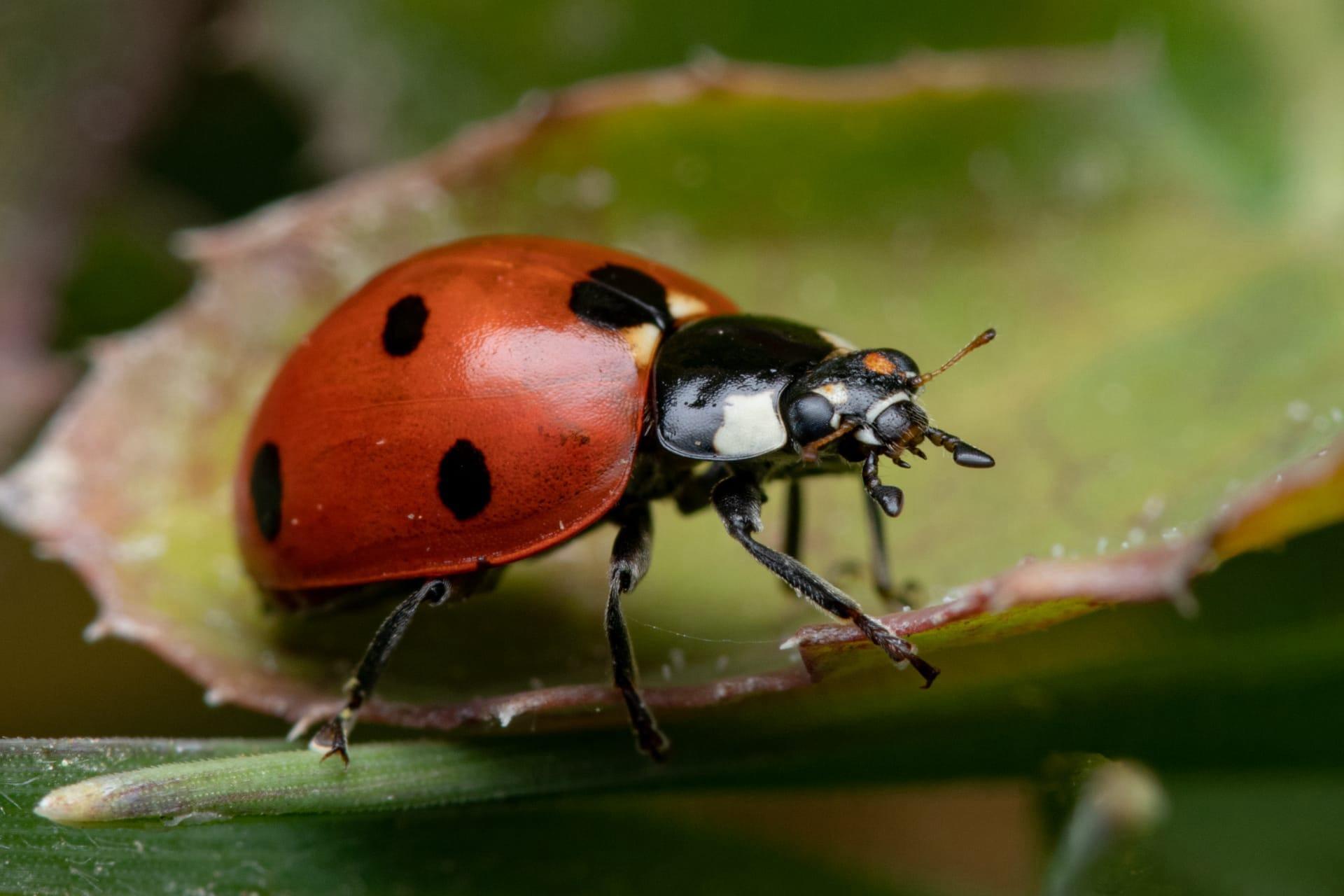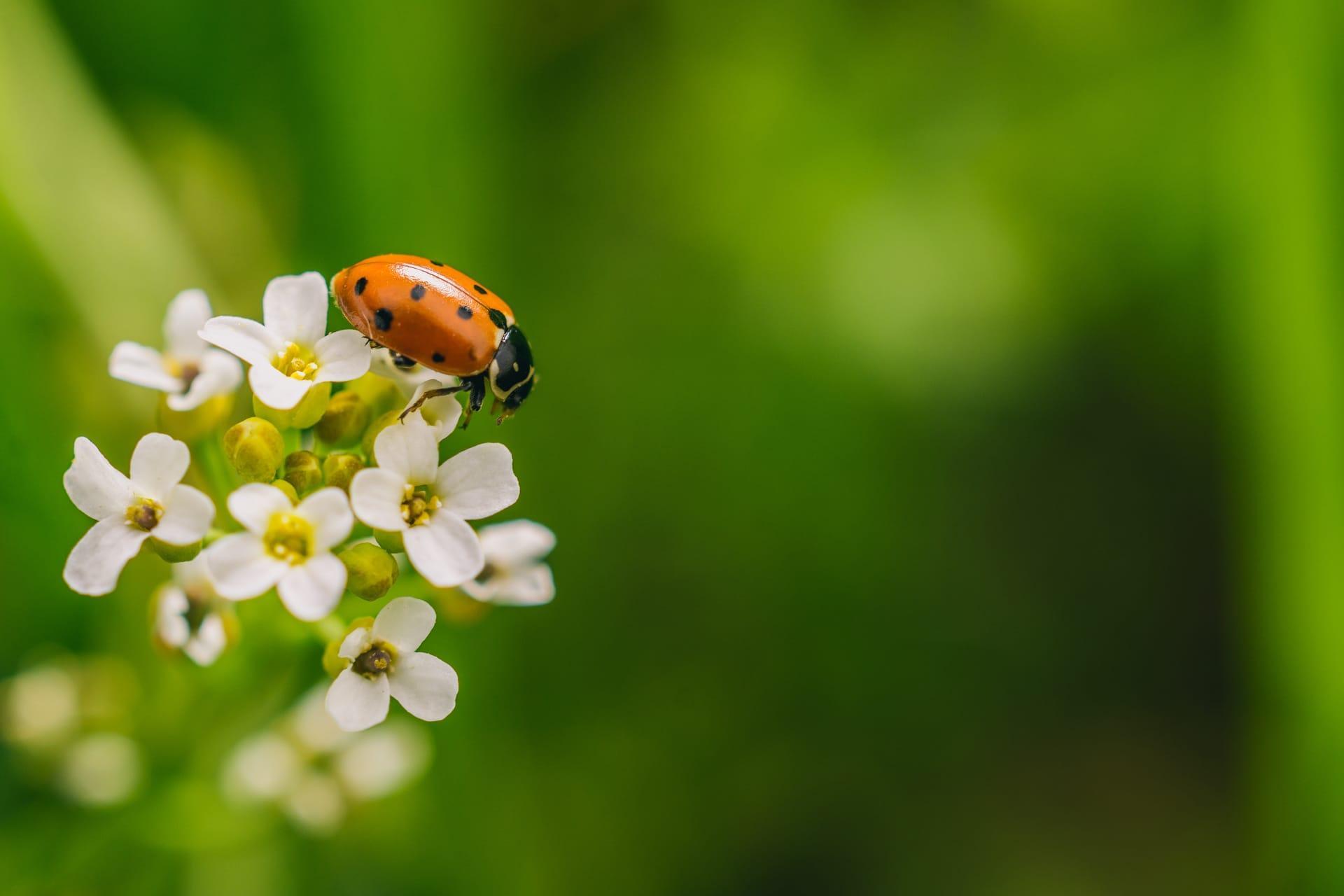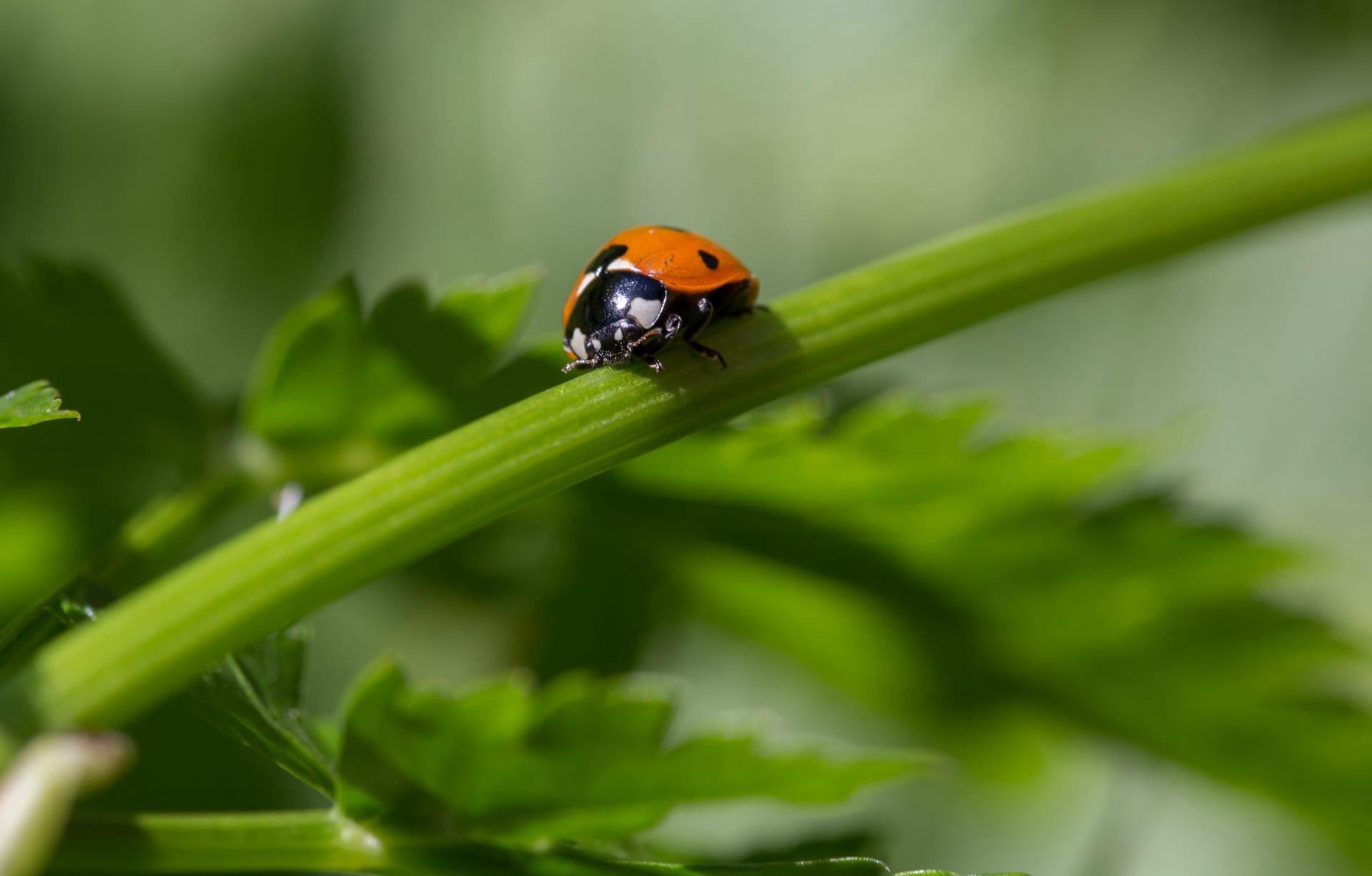1
Ladybugs, or lady beetles, are not only pretty little insects, but they're also hardcore predators. A single ladybug can consume up to 5,000 aphids in its lifetime. That's a huge appetite for such a tiny creature! This makes them a gardener's best friend, as they naturally control pests without the need for harmful chemicals.
Another intriguing fact about ladybugs is their vivid coloration. The bright reds and oranges with distinct black spots are not just for show; they serve as a warning to predators. This coloration is a form of aposematism, a biological term that means the bright coloring is a signal to predators that the insect is unpalatable or harmful. In the case of ladybugs, their color warns birds and other predators of their bitter taste and the toxic alkaloids in their bodies.

2
Did you know ladybugs play dead when threatened? It's a fascinating defense mechanism. When they sense danger, they'll tuck in their legs and play possum, sometimes releasing a small amount of their toxic fluid as an extra deterrent. This fluid is not only foul-tasting but also has a strong odor, further discouraging would-be predators.
Ladybugs are also known for their incredible journey during migration. Some species of ladybugs can travel up to 74 miles (about 119 kilometers) during their migration period. This is quite a distance, especially considering their small size! They often migrate in large groups and use environmental cues like temperature and day length to guide their journey.

3
There's more to ladybugs than just red with black spots. These little insects come in a variety of colors and patterns. There are over 5,000 species of ladybugs worldwide, and their coloration can range from yellow, orange, red, pink, to even black with varying patterns of spots, stripes, or no markings at all. This diversity helps them adapt to different environments and offers varying degrees of camouflage and warning signals to predators.
Ladybugs have a unique way of laying eggs. A female ladybug can lay hundreds of eggs in her lifetime, and she strategically places these eggs in colonies of aphids, their favorite food. This ensures that the larvae, once hatched, have an immediate food source. Ladybug larvae don't resemble their adult counterparts; they look more like tiny alligators, with elongated bodies and bumpy skin.

4
Interestingly, the number of spots on a ladybug's back doesn't correlate with their age, as is a common myth. Instead, the number of spots is specific to each species and is genetically determined. It's like a built-in identifier, varying from species to species, and it remains constant throughout their life.
During the winter months, ladybugs hibernate in a state called diapause. They often gather in large groups in protected places like under tree bark or inside human homes. This hibernation isn't just a long nap; it's a necessary process that allows them to conserve energy and survive until the return of warmer weather when food sources become abundant again.

5
Ladybugs have a unique adaptation in their legs. Their tiny legs hide sharp claws at the ends, which help them grip onto surfaces and their prey. This might come as a surprise considering their cute and harmless appearance, but these claws are crucial for their predatory lifestyle.
The lifespan of a ladybug is quite impressive for such a small insect. In the wild, they can live up to 2-3 years. This longevity, combined with their voracious appetite for pests like aphids and mites, makes them invaluable allies in maintaining the ecological balance in gardens and farms.